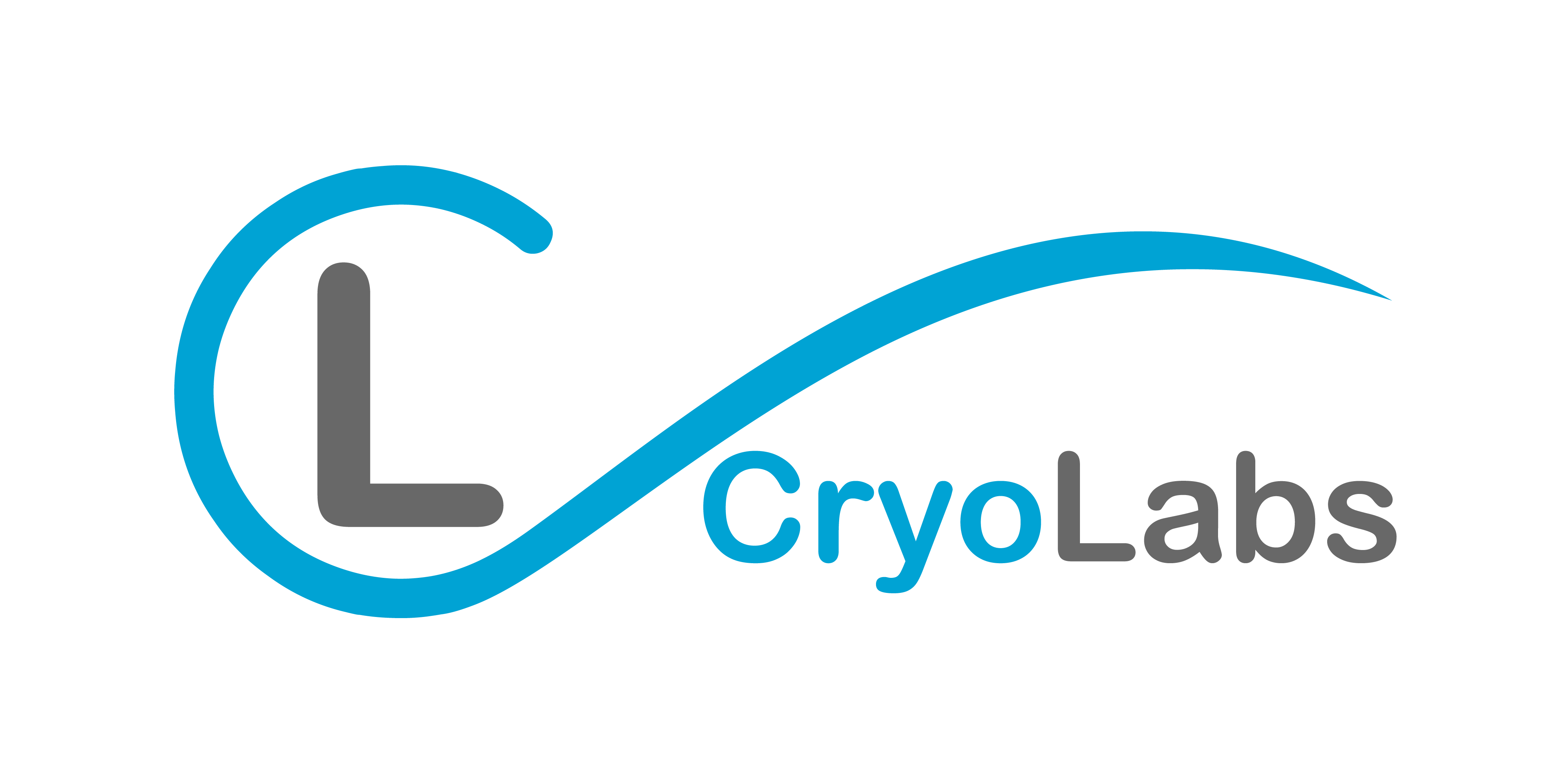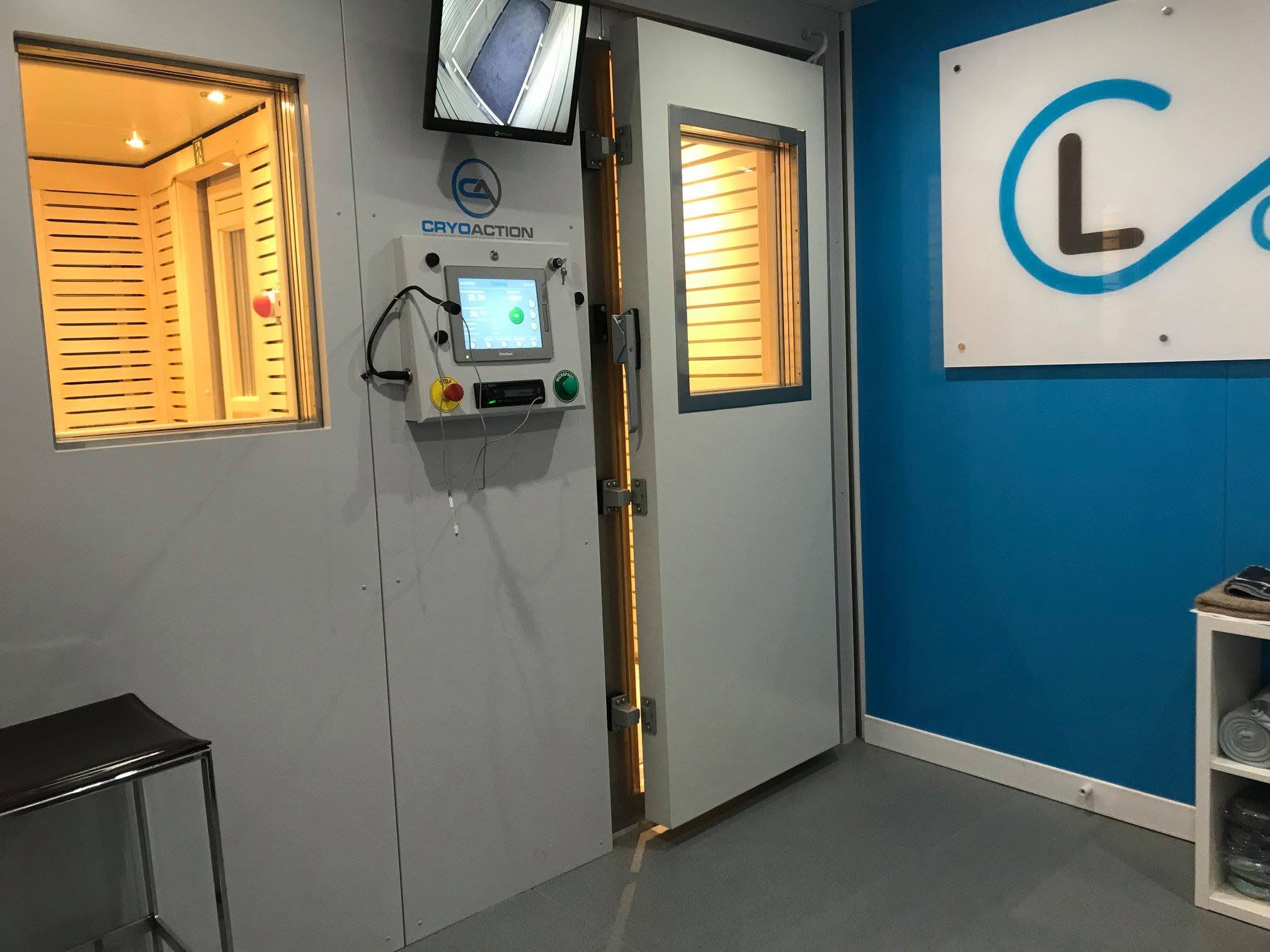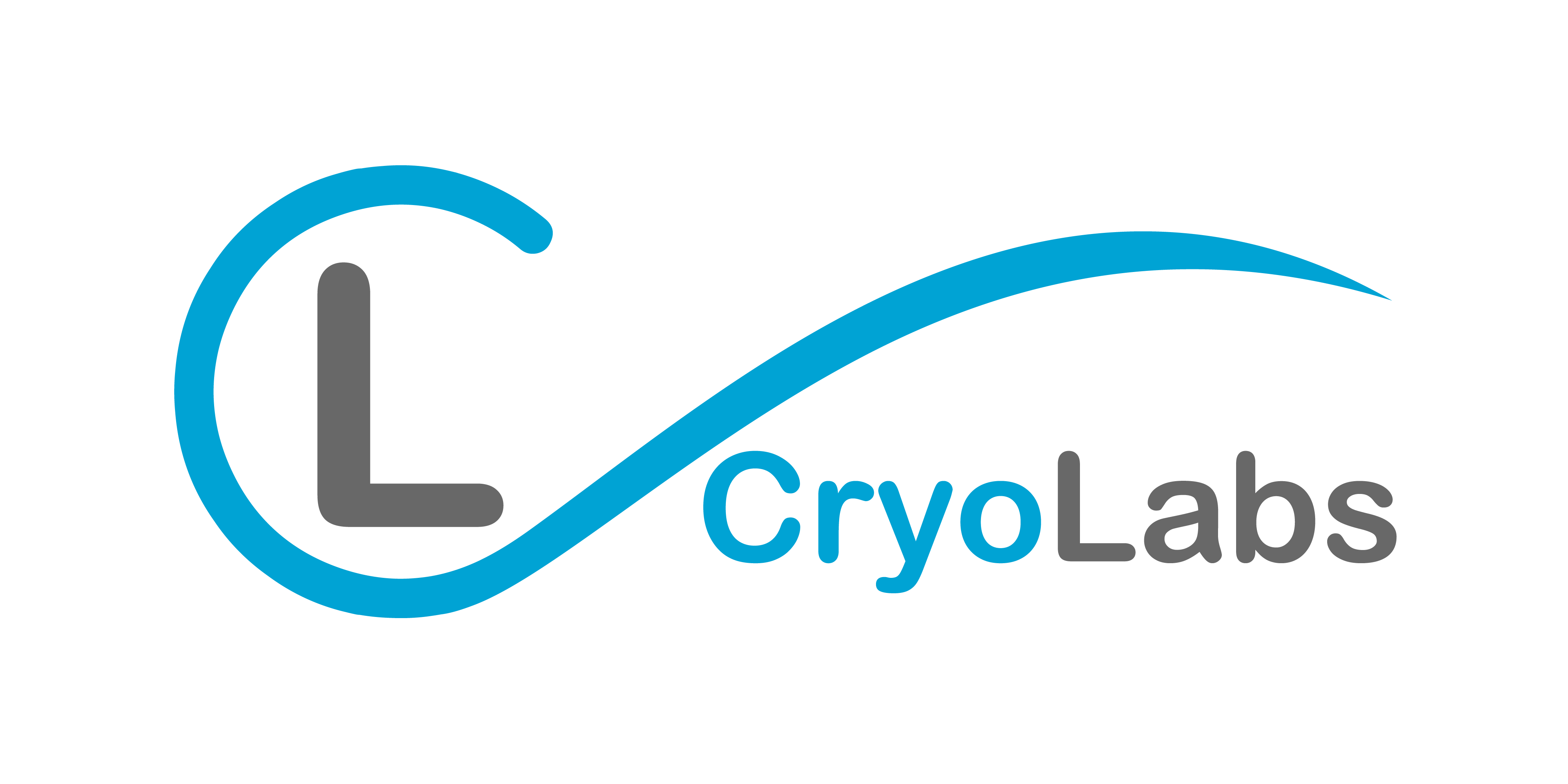

Cryotherapy, derived from "cryo" (cold) and "therapy" (treatment), is a wellness and medical technique that exposes the body to extremely cold temperatures for a brief period. Its therapeutic use dates back to Ancient Greece, with modern Whole-Body Cryotherapy (WBC) originating in Japan in the late 1970s by Dr. Toshima Yamaguchi, initially for rheumatoid arthritis. Its applications quickly expanded to include various inflammatory, autoimmune, and musculoskeletal conditions, as well as athletic recovery and general wellness.
There are two primary types:
Whole-Body Cryotherapy (WBC): This involves exposure to extremely low temperatures in specialized chambers. At facilities like CryoLabs, the process begins with a 30-second acclimatization in a pre-chamber set between -65°C and -75°C. Following this, individuals move into a main treatment chamber cooled to -120°C to -130°C for three minutes. This extreme cold triggers a cascade of physiological responses, including the activation of the "fight-or-flight" response, leading to increased energy and endorphin release for improved mood and pain reduction. The cold also causes vasoconstriction, directing blood flow to the core and reducing inflammation in affected tissues. Modern WBC chambers use indirect nitrogen systems, meaning only cold, breathable air enters the chamber, allowing full-body immersion, including the head. This is crucial as many thermoreceptors are in the head, maximizing the body's overall thermal response and promoting uniform cold exposure for enhanced anti-inflammatory and hormonal responses. The dry, cold air makes the experience more tolerable and comfortable than traditional ice baths.
Localised Cryotherapy (LC): This targeted therapeutic treatment involves applying cryogenically cooled air to a specific body area using a handheld device. The precise stream of cold air aims to reduce inflammation, alleviate pain, and accelerate recovery from injury. Unlike WBC, LC focuses on a particular muscle group, joint,
There are two primary types:
Whole-Body Cryotherapy (WBC): This involves exposure to extremely low temperatures in specialized chambers. At facilities like CryoLabs, the process begins with a 30-second acclimatization in a pre-chamber set between -65°C and -75°C. Following this, individuals move into a main treatment chamber cooled to -120°C to -130°C for three minutes. This extreme cold triggers a cascade of physiological responses, including the activation of the "fight-or-flight" response, leading to increased energy and endorphin release for improved mood and pain reduction. The cold also causes vasoconstriction, directing blood flow to the core and reducing inflammation in affected tissues. Modern WBC chambers use indirect nitrogen systems, meaning only cold, breathable air enters the chamber, allowing full-body immersion, including the head. This is crucial as many thermoreceptors are in the head, maximizing the body's overall thermal response and promoting uniform cold exposure for enhanced anti-inflammatory and hormonal responses. The dry, cold air makes the experience more tolerable and comfortable than traditional ice baths.
Localised Cryotherapy (LC): This targeted therapeutic treatment involves applying cryogenically cooled air to a specific body area using a handheld device. The precise stream of cold air aims to reduce inflammation, alleviate pain, and accelerate recovery from injury. Unlike WBC, LC focuses on a particular muscle group, joint,


